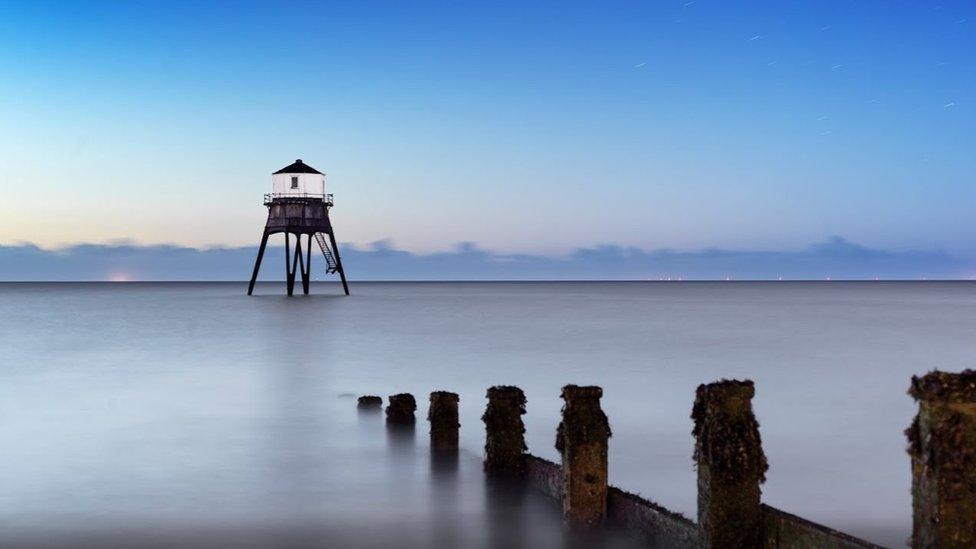Queen's Jubilee: M62 motorway markers added to 2022 heritage list
- Published
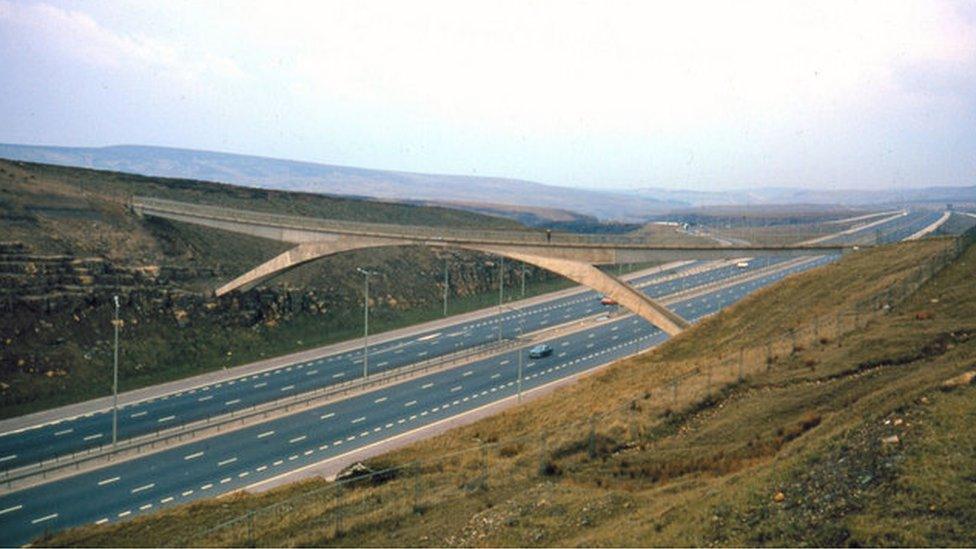
The stretch of M62 opened by the Queen in 1971 runs through the Pennines and was the country's highest motorway at the time, reaching a summit of 1,220ft (372m)
Two stone markers denoting the Yorkshire-Lancashire border are among six sites given protected status to celebrate the Queen's Platinum Jubilee.
The commemorative masonry marks the points where the M62 crosses between the two.
Her Majesty unveiled the stones - which sport a rose in the colour of their respective county - when she opened the motorway in 1971.
Five other places visited by the Queen have also been awarded protection.
They include All Saints' Church in Birmingham, which she opened in 1955, and the high-tech Hampshire Public Records Office, completed in 1993.
The Sun Pavilion and Colonnade in Harrogate, North Yorkshire, the Queen's Theatre in Hornchurch and the Imperial Hotel in Stroud, Gloucestershire, round out the list.
Historic England, which advised the Department for Digital, Culture, Media and Sport (DCMS) to issue the protected status, said the chosen sites reflected key social, technical and cultural changes over the 70 years of the Queen's reign.
Sun Pavilion and Colonnade, Harrogate
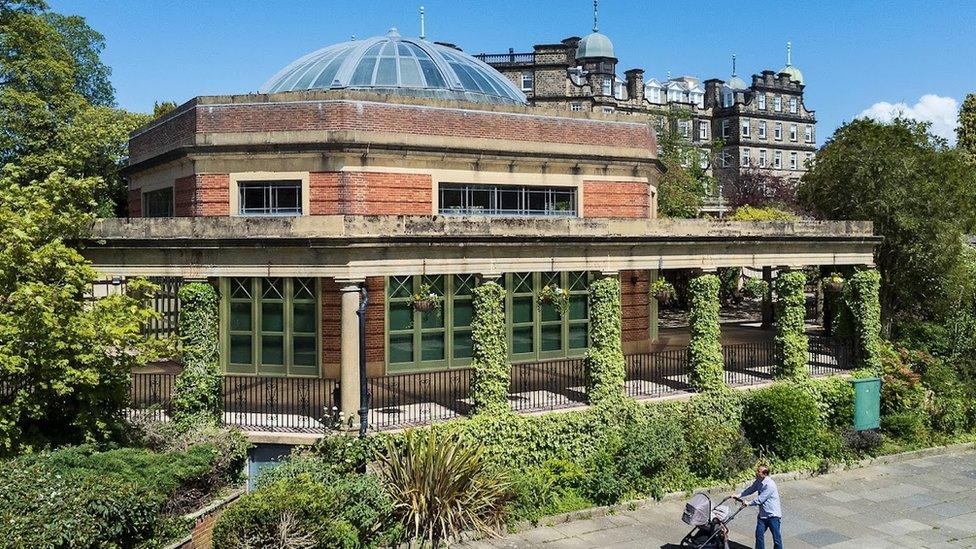
Harrogate's Sun Pavilion and Colonnade, an Art Deco tearoom visited by the Queen after a major restoration in 1998, has been Grade II listed for the Platinum Jubilee. Built in 1933, were designed for "refreshment and rest after exercise or taking the town's spa waters" by the town's surveyor Leonard Clarke. The pavilion and colonnade fell into disrepair in the 1980s but was restored over the next decade before being reopened by the Queen in 1998
All Saints' Church, Birmingham

All Saints Church in Shard End was the first church built in Birmingham after World War II has been Grade II listed. It was also one of the first to be consecrated during the Queen's reign. It was named after a church in nearby Small Heath that was obliterated by German bombs during the conflict
Hampshire Archives, Winchester
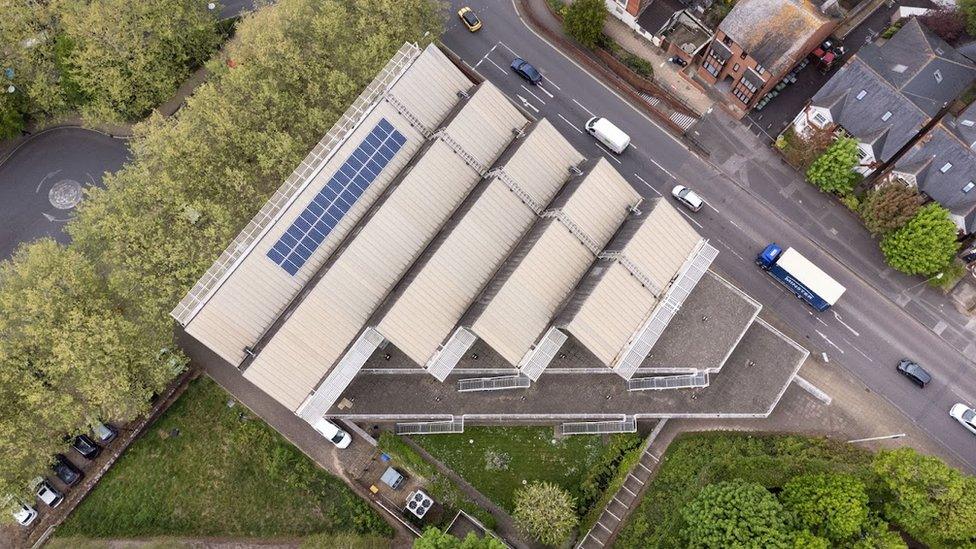
The youngest building in the list, the Hampshire Archives building was chosen for listing because it is a striking, modern archive building, Historic England said. Local brick was used within the walls of its steel-and-concrete frame - a reference to the surrounding Winchester Conservation Area and the nearby remains of the medieval city wall. When it was formally opened by the Queen, accompanied by her late husband in 1993, Philip commented on how the building resembled a cruise liner
Queen's Theatre, Hornchurch
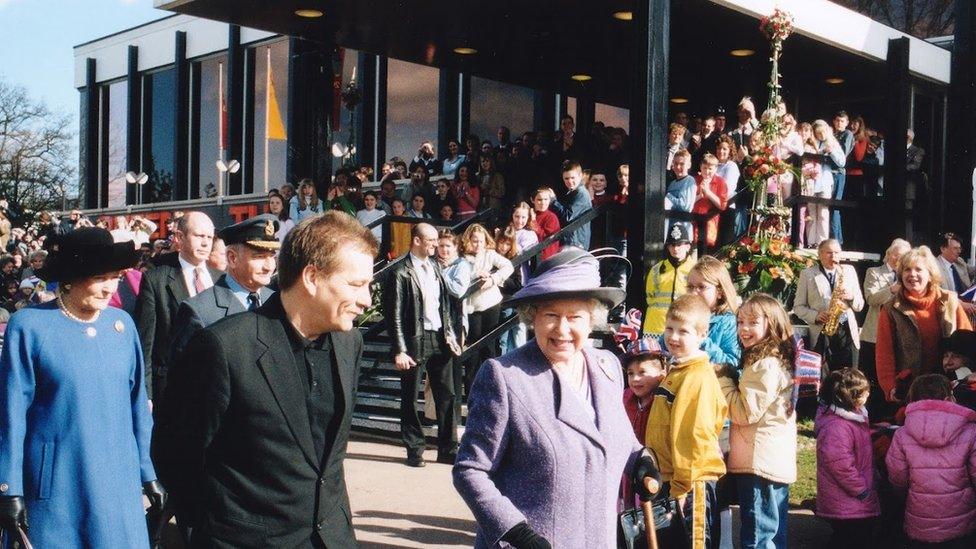
Described as the "quintessential" 1970s theatre, the Queen visited the playhouse named in her honour during her Diamond Jubilee. The theatre, which opened in 1975, was influenced by German architect Ludwig Mies van der Rohe
Imperial Hotel, Stroud, Gloucestershire
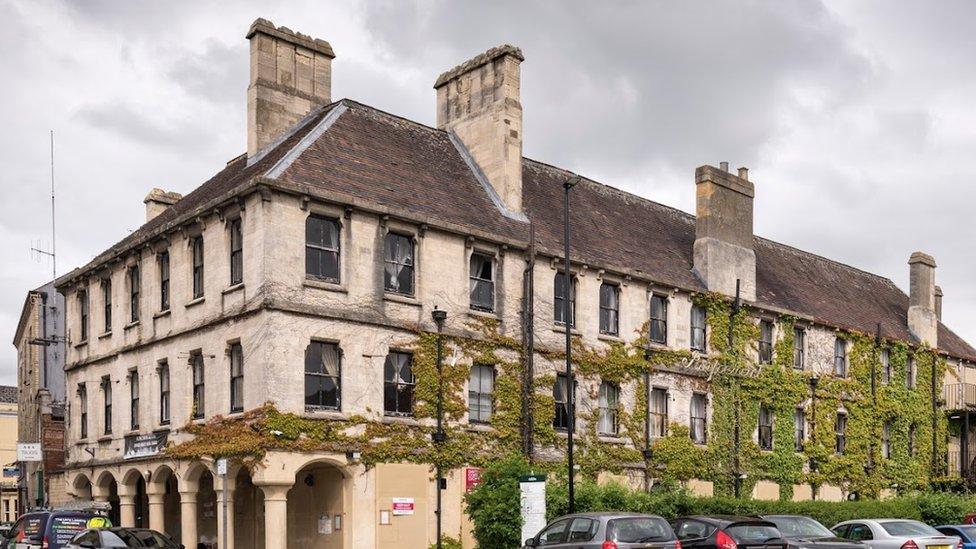
The Imperial Hotel in Stroud, Gloucestershire has been Grade II-listed because of the important part it played in developing the town's tourism trade in the 19th Century. It is noted for its impressive stone masonry crafted using local limestone. Inspired by Cotswold market halls and continental colonnades, the structure was refurbished in 1950 before the Queen's visit
Heritage minister Nigel Huddleston said the listings were "a fitting way" to mark the Queen's Jubilee.
"These historic sites provide a fantastic opportunity to reflect on how much life in the UK has changed during Her Majesty the Queen's 70-year reign," he said.
"Listing them as part of the Platinum Jubilee celebrations is a fitting way to pay tribute to the longevity of her service."

.
- Published16 December 2020
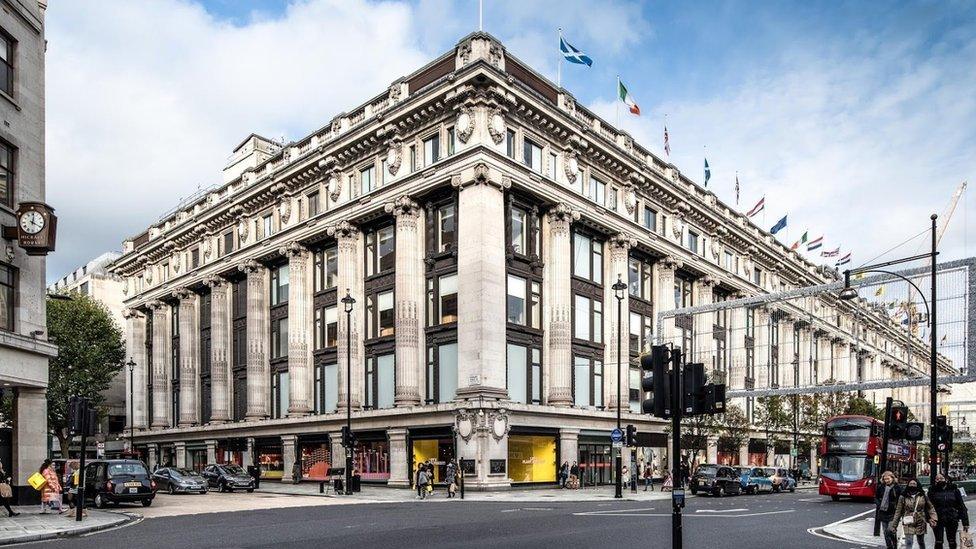
- Published5 December 2020

- Published28 December 2019
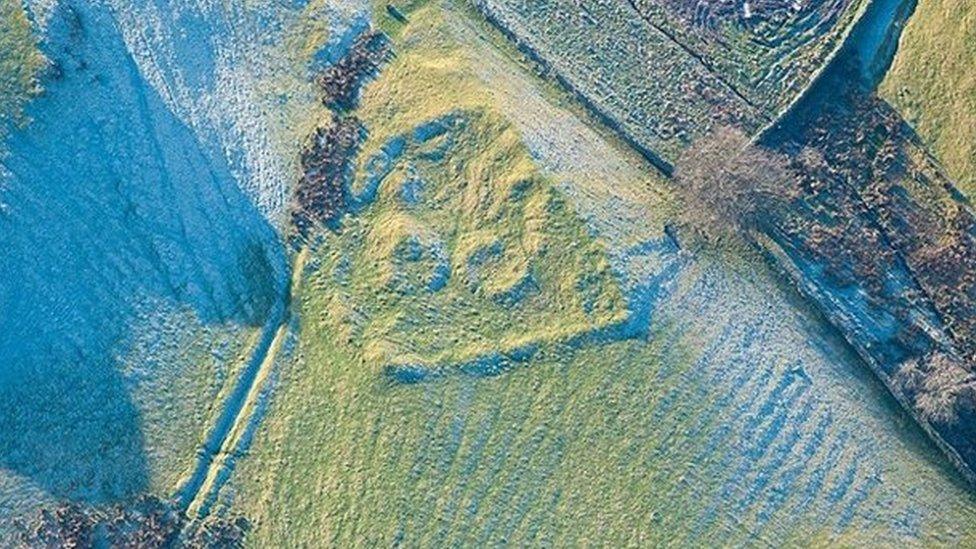
- Published17 October 2019
